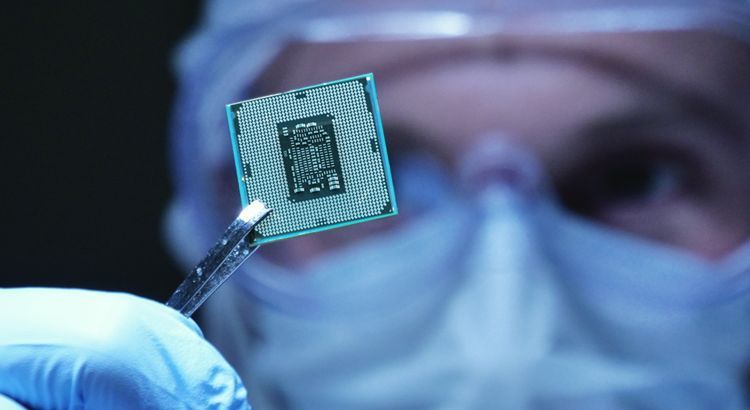
CHIPS Series Part 3: Establishing a secure supply of defense chips
Mercury Systems
March 29, 2023
The recently signed Creating Helpful Incentives to Produce Semiconductors and Science bill, also known as the CHIPS and Science Act of 2022, could help transform the future of defense and aerospace technology. Over a series of blogs, we examine the state of U.S. chip manufacturing, the role microelectronics have in the future of defense, how the new legislation is a first step toward a long-term, sustainable supply of semiconductors and additional steps we might take to help solve multiple challenges across industry and time horizons.
Nearly everything in the U.S. now runs on silicon chips, from cars to toys to our nation’s defenses. The U.S. also leads the world in the design of semiconductors. But manufacturing and packaging these chips is mostly done on the literal other side of the world — an economic and national security risk highlighted by the recent global semiconductor shortage.
In response, the Creating Helpful Incentives to Produce Semiconductors and Science bill, also known as the CHIPS and Science Act of 2022, was created — a $280 billion investment that includes a $52 billion allocation for semiconductors, $50 million for commercial and $2 billion for the DOD. The money is meant to boost STEM-based research, development and manufacturing domestically and to secure a long-term science and semiconductor advantage for the nation in both the commercial and defense sectors. Here, we’ll explore four big challenges to accomplishing this vision:
- Redomesticating chip production: To create a secure and reliable supply of chips, the country must significantly increase the amount semiconductors produced domestically. To address this, the CHIPS and Science Act included $50 billion in subsidies to incentivize the building of chip-producing factories and the creation of research and development hubs. Already, several announcements have been made regarding the building of new manufacturing facilities in the country. However, it will take years before this results in the U.S. producing a significant supply — and most of that production will be high-volume commercial, and the specialized semiconductors needed by the defense industry.
- Shortening the chip supply chain: Global supply chains present a security risk due to ever-changing geopolitics. For example, approximately 98% of commercial microelectronic parts used by the Department of Defense (DOD) are first assembled, packaged and tested in Asia. To change this and create a secure supply of chips, the U.S. may need to rethink what countries its supply chains run through for materials and other parts. For example, a supply chain that runs through the Caribbean or Americas as opposed to Southeast Asia would limit the abilities of China and other adversaries to cause disruptions.
- Securing a sustainable supply of rare earth elements: China is the world’s largest producer of rare earth minerals and leads with 37.9% of the world’s estimated reserves. In contrast, the U.S. has just 1.3% of the world's reserves — and imports most of the rare minerals it uses from China. To secure a future supply, the U.S. will likely need to both increase its own rare earth mining production and source materials from other countries.
- Researching and developing a new generation of defense microelectronics: Microelectronics are critical to the future of our defense platforms, which is why the CHIPS and Science Act includes $2 billion to research and develop microelectronics for the DOD. The U.S. also has one major advantage in this effort: it leads the world in the design of advanced semiconductors, being home to leading semiconductor design companies like Intel, AMD, NVIDIA and Texas Instruments. The continued adoption of these company’s products for use in defense platforms, combined with an increased ability to produce chips domestically, could help the U.S. gain and maintain a long-term defensive benefit when it comes to the availability and abilities of its silicon chips.
Learn more about the importance of silicon chips
To explore more on this topic, read the first two blogs in this series, “Part 1: National security and the state of domestic chip manufacturing,” and “Part 2: Microelectronics and the future of defense platforms.” Or read what Mercury Systems CEO Mark Aslett has to say about the DOD announcement regarding a new Microelectronics Commons and why the security of our nation relies on semiconductors.
Mercury Systems is supporting the development of trusted and onshore microelectronics for operation at the edge of defense.







 Trust is hard to earn, and easy to lose.
Trust is hard to earn, and easy to lose.